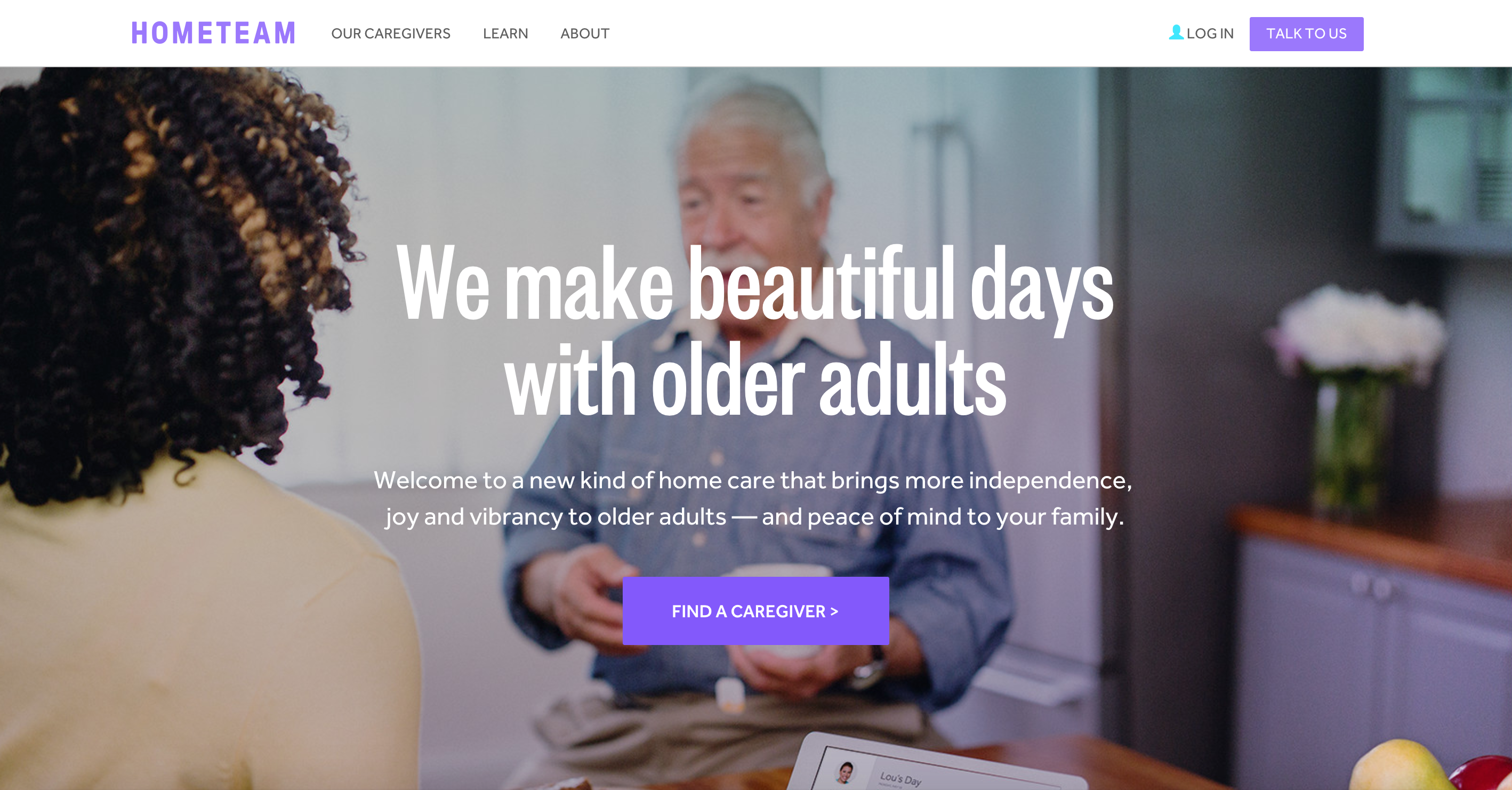Table of ContentsSome Known Questions About Health Policy - Wikipedia.The 10-Minute Rule for United States - Commonwealth Fund
The rhetoric from the center left rejects this view, but their actions tell a different story: Possibly the single most-trumpeted cost-containment gadget consisted of in the ACA was the so-called Cadillac Tax, which looks for to contain costs exactly by forcing healthcare customers to deal with a higher share of minimal costs.
In the case of healthcare, insured consumers pay fixed premiums each month despite whether they go to a medical professional. Then, when they do go to a doctor's office or go to the medical facility, insurance coverage pays for some (often even most) of the limited expense of this visit. When the fixed cost of paying a premium is satisfied, each subsequent check out to a health supplier is then partly to fully supported by the insurer, and this indicates that the client does not deal with the complete marginal expense of the decision to get healthcare.
Rather, they would argue that a lot of Americans are simply overinsured and that more healthcare spending must be funded expense up until those costs end up being prohibitive, at which point insurance would then effectively kick in. Being overinsured and not facing the complete limited expense of each new see to a healthcare company is believed to make Americans overconsume health care, possibly utilizing resources (i.e. a debate on national health care is a debate about what kind of policy., money paid out by their insurer) to get treatments that they would not have sought had these treatments' complete minimal cost been dealt with (that is, had they been needed to pay the expenses themselves).
First, unless one is willing to increase expense sharing even for genuinely catastrophic medical expenses, such steps will miss out on the primary expense drivers in the U.S. healthcare system. Eighty percent of health dollars are invested in simply 19 percent of health consumers, and 50 percent of health dollars are invested on just 5 percentpresumably the sickest patients (Gould 2013b).
Second, the presumption that all moral hazard results in economically ineffective overconsumption of healthcare might well be wrong. where do i find my united health care policy number. Nyman (2007) directly questions this theory by arguing that a large portion of ethical hazard represents health care that sick customers would not otherwise have had access to without the earnings that is moved to them through insurance - senate health care vote when.
Take the example of an adult who has lost front teeth in a bicycling mishap - what is required in the florida employee health care access act?. Having missing out on teeth is clearly not life-threatening, however it is rather likely that if insurance coverage offered the cash-equivalent expense of replacing the teeth to this person, they would decide to do specifically this and not spend the cash on other goods and services.
The Single Strategy To Use For How Healthcare Policy Is Formed - Duquesne Click here to find out more University
This acknowledgment that not all ethical danger is economically inefficient is becoming well understood in other branches of economics. Chetty (2008) makes similar arguments in the context of unemployment insurance coverage, focusing on the fact that joblessness insurance coverage benefits fix a liquidity problem instead of developing a disincentive to try to find work.
He finds that higher-than-average unemployment insurance coverage advantages increase unemployment duration just for workers without any liquid wealth. This recommends strongly that it is the relief of liquidity constraints and not the disincentive to workstemming from decreases in the "expense" of leisure (i.e., the loss of earnings) spurred by the receipt of UIthat drives reactions. This expense per covered worker was then compared with average wages in the fifths of the wage circulation. The counterfactual of no excess health costs was simulated by holding employer contributions to ESI fixed as a share of overall compensation over the duration. Information from EPI State of Working America Data Library 2018 along with BEA 2018, NIPA Tables 7.8 and 6.9 It must be kept in mind that these calculations might downplay the damage that rising healthcare costs have actually done to employees in the bottom two-fifths of the wage distribution.

Initially, the crowd-out of earnings from rising ESI premiums has in fact been larger than average for the bottom two-fifths, measured in portion terms (as seen in the last row of the table). Second, while this chart shows the crowd-out of incomes taking ESI coverage disintegration into account, for those employees who continue to receive ESI, the wage crowd-out originating from rising ESI premiums (not shown here) is much greater in portion terms for workers in the bottom two-fifths than for other workers, for the basic reason that ESI premiums make up a much greater share of these workers' earnings. how does universal health care work.
Finally, the table shows clearly that ESI coverage has actually worn down most dramatically for Find more information workers in the bottom two-fifths of the wage circulation (as seen in the second set of rows, "ESI protection rate"). This erosion is surely related to the reality that development in ESI premiums relative to http://cruzjwal473.simplesite.com/447038347 these workers' salaries has actually been severe.
